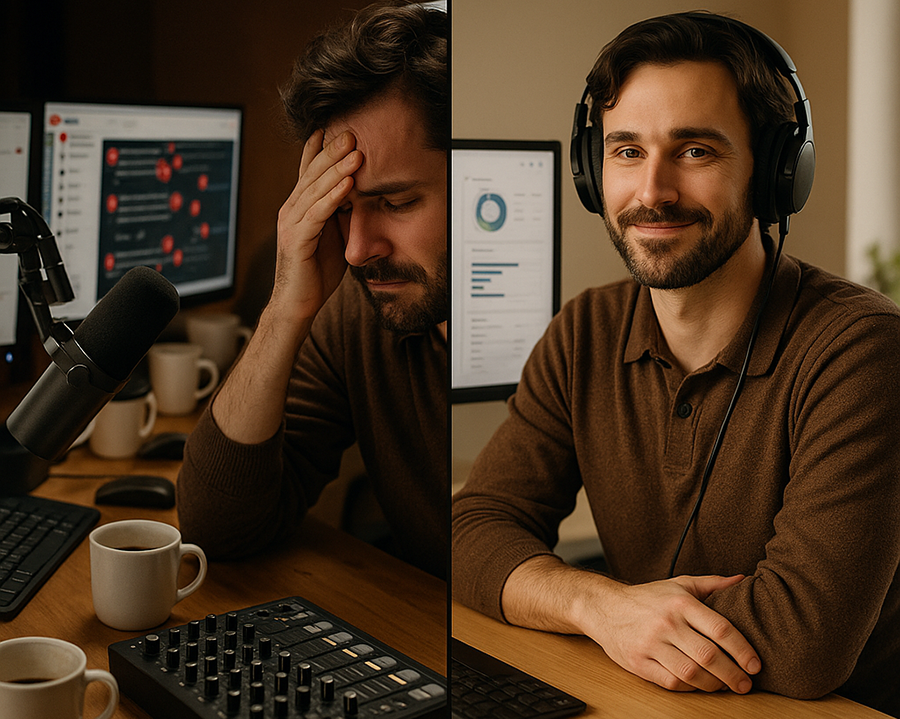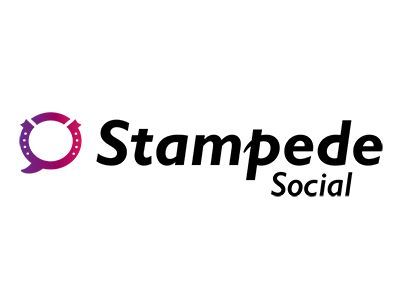From the Mic to the Algorithm: What YouTube’s Podcast Guide Gets Right (and What Creators Still Need to Know)
October 26, 2025

YouTube is making its move into podcasting, and they’re doing it with style.
Their recent post, “The Definitive Guide to Creating Engaging Podcast Content,” lays out exactly how to bring your show to life on the world’s biggest video platform.
And honestly? It’s a great guide. But while it’s aimed at podcasters, the truth is the same advice applies to nearly every creator trying to build and sustain attention online. Whether you’re hosting a show, running a brand channel, or sharing your expertise through video, YouTube’s playbook captures the universal formula for connection: clarity, consistency, and community.
Let’s unpack what YouTube got absolutely right and where creators (especially podcasters) will need to go a step further to make it sustainable.
1. Find Your Visual Voice, Without Losing Your Audio Soul
YouTube says: Start where you are. You don’t need a Hollywood set to launch a great visual podcast. Static cover art, simple webcam setups, or full multi-camera productions all work if they align with your brand and bandwidth.
They’re right. The key isn’t how cinematic your show looks; it’s how clearly your visuals
support the listening experience. A good rule of thumb:
“If your visuals add clarity or personality, you’re doing it right.”
Podcasters often struggle here because they’ve already mastered the sound of storytelling, but not its sightlines. The fix isn’t more cameras, it’s intentional composition. Keep the focus on faces, reactions, and atmosphere. You’re not producing TV; you’re giving your voice a visual home.
2. Thumbnails and Titles Are Your First Impression (and Your First Test)
YouTube calls the thumbnail your “billboard, book cover, and movie poster all in one.” It’s hard to overstate how true that is. Think beyond “Episode 54, Jane Doe.” Instead, ask: What moment, emotion, or idea would make someone stop scrolling?
If you’re a podcaster, your guest’s name might be familiar to you — but not necessarily to the viewer. A thumbnail that conveys emotion (“The Secret That Changed Everything”) or curiosity (“What Nobody Told Her About Success”) will beat a resume title every time.
Consistency matters too. Visual rhythm, same fonts, same colors, helps the audience spot your show instantly in a crowded feed.
3. Chapters and Descriptions: The Unsung Heroes of Discovery
YouTube’s guide highlights something most creators ignore: video chapters and keyword-rich descriptions.
Podcasters have an advantage here. You already have structured content — intros, segments, takeaways — all perfect for timestamps. Chapters don’t just help your viewers; they also help YouTube understand your video. Each timestamp becomes a micro-SEO hook that can rank for individual search terms.
In short, your two-hour conversation can function like a dozen smaller videos in search results if you format it right.
4. Shoulder Content Isn’t Optional Anymore
YouTube nails this one: your long-form podcast is the pillar, but your Shorts, Clips, and Community posts are what keep your channel alive between episodes.
Where creators often stumble is in treating this as extra work. It’s not. It’s the
distribution strategy.
A single 60-second clip that captures emotion or insight can outperform your full episode in reach. And those clips feed curiosity — they invite new viewers to check out the long-form.
Podcasters should think like studios: one core recording session, multiple content formats. Your job isn’t to make more content, it’s to make more use of what you already made.
5. Engagement Is the New Editing
This is where YouTube’s advice hits closest to home: the algorithm rewards engagement. Comments, likes, and shares tell the system your content has community value.
But here’s the unspoken truth: sustaining engagement at scale is a full-time job. Creators are told to “reply to comments quickly” or “pin great conversations,” but that’s easier said than done when you’re balancing recording, editing, and promotion.
Still, YouTube’s core message holds: engagement is discoverability. The key for creators is to systematize how they nurture that engagement. Whether that means blocking off “engagement hours” post-release or using smart workflows to handle repetitive fan interactions, the goal is to keep the comment section alive without burning yourself out.
6. The Analytics That Matter: Go Beyond Vanity Metrics
The YouTube blog encourages podcasters to dive into YouTube Studio and study the numbers — not just views, but watch time, retention, and traffic sources. That’s great advice.
But creators should go one step further:
look for patterns between moments and reactions.
Which segment drives the most comments? Which thumbnail or title combination keeps viewers watching?
These insights reveal story resonance, the true signal behind all the stats. Numbers don’t just measure performance; they teach you how to evolve your format, your tone, and even your guest strategy.
The Big Picture: Why We Love YouTube’s Approach
YouTube isn’t just opening the door to podcasters — it’s redefining what podcasting means.
The platform is saying, bring your voice, but give it sight. And that’s exciting for everyone who creates for connection.
For podcasters, it’s a new distribution channel. For video creators, it’s a masterclass in how to build deeper communities.
The advice in YouTube’s guide transcends format:
- Be intentional with visuals.
- Optimize for discovery.
- Engage with your audience like it’s part of the creative process.
Whether you record on a Rodecaster or an iPhone, it’s all part of the same creator evolution, one where stories move seamlessly between ears, eyes, and algorithms.
Final Thought
The YouTube team is right, the future of podcasting on YouTube isn’t just about uploading your audio. It’s about creating experiences people want to watch, share, and return to.
So yes, podcasters, take YouTube’s advice.
But if you’re a YouTuber, streamer, educator, coach, comedian, musician, marketer, or brand storyteller, take it personally.
Because this guide? It’s really for all of us. Am I right?
Frequently Asked Questions
What’s the biggest takeaway from YouTube’s podcast guide?
That successful podcasting on YouTube isn’t about high production value — it’s about creating engaging, community-driven content that keeps viewers watching and interacting.
Does YouTube’s podcast advice apply to other creators too?
Absolutely. The strategies for thumbnails, chapters, comments, and Shorts benefit everyone from vloggers to educators to marketers — not just podcasters.
How can creators make the most of “shoulder content”?
Repurpose each long-form episode or video into Shorts, clips, and Community posts. It keeps your channel active between uploads and introduces new audiences to your work.
What’s the best way to engage your audience on YouTube?
Ask questions, respond to comments early, and use features like Premieres and the Community Tab to create interactive moments that turn viewers into loyal fans.
What kind of visuals work best for podcasts on YouTube?
Start simple. A clean camera shot of you or your guests adds authenticity and connection. You don’t need a multi-camera setup — focus on lighting, composition, and clarity so the visuals enhance your story rather than distract from it.
How important are analytics for growing a podcast on YouTube?
Crucial. Go beyond view counts — track watch time, retention, and engagement patterns. These metrics reveal which moments resonate most, helping you refine topics, guests, and even your thumbnail style for better reach and audience growth.
Sources:
- YouTube Creator Blog: The Definitive Guide to Creating Engaging Podcast Content


